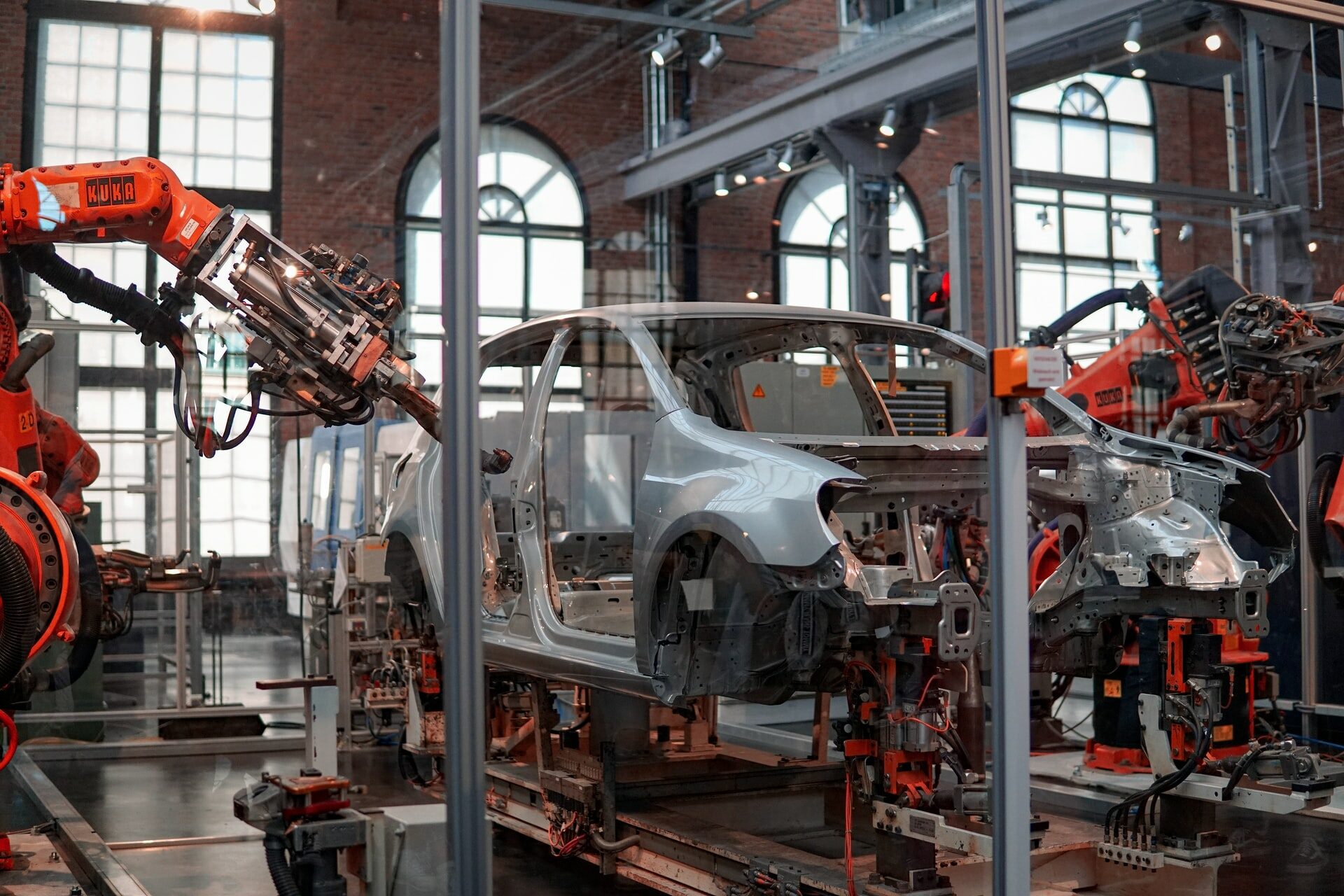The importance of CNC machining in industry is very great. Many sectors could not count on such a dynamic development if it were not for the fact that production plants provide them with a significant part of properly prepared components. The transport, construction, electronics, agriculture and machine industries owe a lot to the possibilities offered by modern metal processing. Find out more about it.
CNC machining – advantages
There is a reason why the services related to metalworking with the use of CNC technology are of interest to entrepreneurs who do not have their own machine park. Although equipping your own production hall is not always profitable for a given company, outsourcing a large-scale production subcontractor allows you to receive finished products on time, even when large-scale production is involved. Therefore, CNC machining has many advantages.
A great advantage is the ability to change the physical effort put into the processing of a given element or manual operation of the machine into good planning and organization of work, which allow you to achieve better results with less effort. So CNC machines allow you to work smart instead of working hard.
High automation and the lack of a human factor in many processes contribute to the increased precision of machining, which also translates into less effort during finishing works.
Tools operating with the use of CNC technology are adapted to mass and large-scale production, which means that they can be used to carry out even very large orders in a relatively short time. This means that thanks to modern technology, it is much easier to meet the expectations of the market and support a larger number of entrepreneurs.
Modern CNC machining
When it comes to working in production plants, it is undoubtedly worth sticking to traditional values to some extent, but it is absolutely necessary to give up outdated solutions. Modern CNC machining uses all technological innovations, thanks to which it is possible to achieve even better results. What is the technology about? After detailed documentation from the client, the programmer technologist gives some kind of commands to the devices in the machine park. It does this, of course, in a programming language that the machine can understand. According to these guidelines, the tools begin to automatically perform their work related to the machining of a given element. CAM technology, i.e. computer-aided manufacturing, is also used in these processes. This significantly facilitates the planning of tool paths, as it allows you to work on 2D or 3D models.


